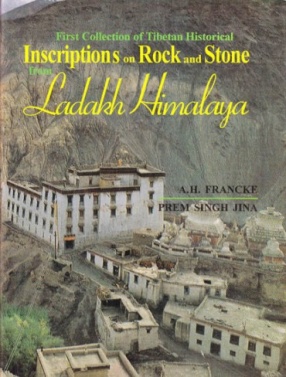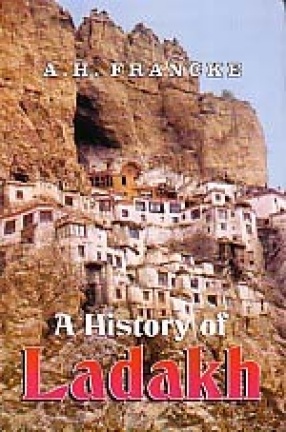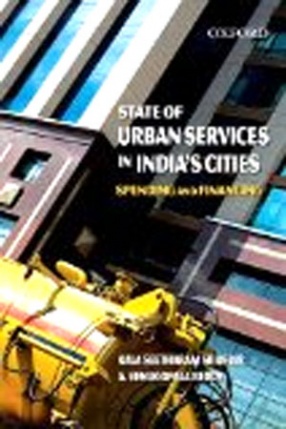It was on the strong recommendation of Dr. J.H. Marshall, C.I.E., Director-General of Archaeology in India, that the Government of India applied to the Moravian Mission Board for the loan of the services of Dr. A.H. Francke with a view to his carrying out an archaeological survey of the districts which once formed the kingdom of Western Tibet. These mountainous regions, now belonging to the Indian empire and therefore here indicated as "Indian Tibet," had never been explored by any scholar combining a knowledge of local history and antiquities with a thorough acquaintance of Tibetan. These rare accomplishments Dr. Francke had acquired in the course of his many years’ sojourn in Ladakh and Lahul, the fruits whereof had been made known to the learned world through a series of valuable publications, among which was his "History of Western Tibet." Dr. Francke was, therefore, singularly fitted for the proposed task, whilst his previous wanderings in the mountains of "Indian Tibet" had trained him to endure the severe privations and hardships which must always attend a journey through so inhospitable a country. We, therefore, owe a great debt of gratitude to Bishop B. La Trobe and the Moravian Mission Board for placing the services of so excellent an explorer at the disposal of the government of India. Starting from Simla on the 14th of June, 1909, he travelled up to Satluj Valley through the hill-state of Rampur-Bashahr, and by the Hang Pass (16,000 feet) reached Spiti. He then crossed the Pharang Pass (18,300 feet) and continued his journey through Rubshu along the wild shores of Lake Thsomo Riri. Two more mountain passes, the Phologongkha Pass (16,500 feet) and the Thaglang Pass (17,500 feet), had to be surmounted to enable the explorer to reach Ladakh, the real centre of the ancient realm of Western Tibet. After a brief stay at Leh, the ancient seat of the rGyal-po rulers of that country, Dr. Francke travelled westwards, and, after crossing the Photho La (14,000 feet), the Namika Pass (13,400 feet) and the Zoji La (11,300 feet), reached Srinagar on the 16th of October. In the course of his four months’ travel–it will be seen–Dr. Francke had to cross seven mountain passes of an average height equal to that of Mont-Blanc. In the valleys, also, the roads in these hill tracts are often of the most primitive description, while the crossing of rivers by rope bridges adds to the perils of the journey. Owing to the nature of the country to be traversed, the explorer had to march on foot most of the way from Simla to Srinagar, except where the rarified air compelled him to mount the yak–certainly not the most comfortable means of locomotion. The journal, however, here published, bears ample evidence that the exceptional difficulties of the road had little effect on the spirits of the explorer, who was animated by the true enthusiasm of the scholar and who, moreover, was compensated in no small measure by the solemn grandeur of that mountain scenery so seldom seen by cultured eyes. The very important additions to our knowledge of the archaeology and history of Indian Tibet are the best reward for labours so strenuous and so cheerfully borne.

Antiquities of Indian Tibet (In 2 Volumes)
In stock
Free & Quick Delivery Worldwide
reviews
Bibliographic information
Title
Antiquities of Indian Tibet (In 2 Volumes)
Author
Edition
Reprint
Publisher
ISBN
8120607694
Length
xiv+vii+444p., Plates; Maps; 27cm.
Subjects







There are no reviews yet.